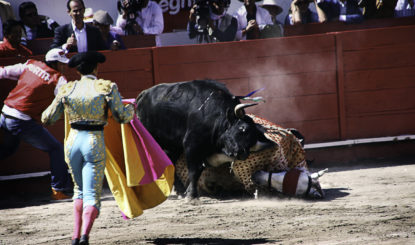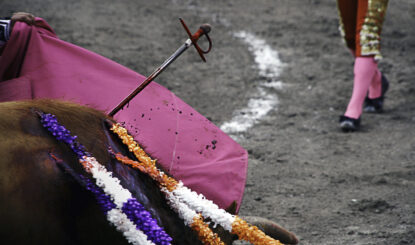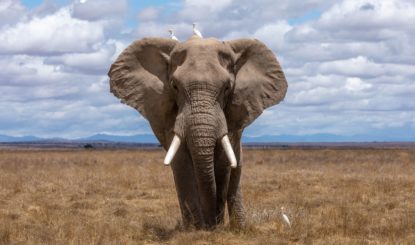Standing Strong for Love to Prevent Wars
For over a year, we have been following the events of war as if it were a live broadcast. If we look closer, we see the result of violence among beings that has become normalized.
We watch the live broadcast of a war as if it were the final of the World Cup. With this new conflict, we observe daily with a sense of helplessness and alarming trivialization, as a monstrous iceberg of violence grows. But let’s not fool ourselves: We only see its tip. And yet, it is what we call “war.”
Paradoxically, certain powers try to rally troops in the trenches with pacifist speeches that announce the end of peace and the beginning of a time of violence. Many of us think that the equation should actually be reversed.
The Fight Against the Structural Roots of Violence
For those of us who share this assessment, war is just the tip of the iceberg, the final act of a civilizational drama, the whistle of a pressure cooker cooking an entire civilization on a low flame. In our view, war is only the result of an endless cycle of normalized violence among beings. This forms the base of the iceberg – and specifically, the foundation of the violence inflicted on animals by humans. The strategies to trivialize this violence complete the construct.
They form the surface layer that renders structural violence impervious to any appeal to pacifist reason.
Education for Peace
Lobbies that profit from violent societies tirelessly develop new strategies that foster this trivialization. We stand in opposition to this reality: Since 2012, as part of our “Childhood Without Violence” campaign, we have been committed to protecting children and adolescents from having to witness violence against animals, such as bullfighting or hunting.
In this context, we welcome the new public statements by the United Nations Committee on the Rights of the Child. They call on countries that allow bullfights to keep children away from these cruel spectacles, as they violate the Universal Declaration of the Rights of the Child.
Based on this declaration, we have reached out to several hundred representatives in eight countries and have already achieved significant progress. This progress benefits both the rights of children and the rights of the bulls and horses mistreated in arenas. For example, in Portugal, the presence of children at any bull events has been banned. In Mexico, in the state of Coahuila, the governor prohibited minors from participating in bullfights. The decision was made a few months after he had attended our presentation at the United Nations in 2015.
Unity is Strength
In recent months, we have also made progress in Spain by joining forces with the Valedoría de Pobo y Justizia of Aragon. It is an institution that oversees the protection of citizens’ rights in the autonomous community. This gives our voice more weight when it comes to convincing authorities to comply with the UN’s call for the protection of children. We rely on various studies that link specific emotional problems and behaviours in children and adolescents to witnessing animal cruelty during their childhood or adolescence. Several studies also suggest that involvement in animal cruelty during childhood or adolescence is an important factor in antisocial and aggressive behaviour and a precursor to interpersonal violence in adulthood (Ascione, 2001; Ascione et al., 2006; Arkow, 2007).
Prevention is Better than Cure
Just as health is more than the absence of illness, peace is more than the absence of violence. Peace can be defined as a culture of solidarity, cooperation and coexistence amidst necessary diversity. It encompasses a symbiotic relationship with nature and other human beings. Peace is based on a network of social and natural support established through education and legislation. Every day, we strive to achieve this goal through our campaigns. Despite the current circumstances, we believe more than ever in the validity of our ideals.


